Windmill
Until recently, people had only a visual impression of what a windmill is. Usually associated with the past. And particularly with times before the industrial revolution.

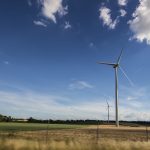

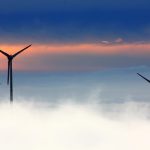
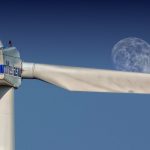
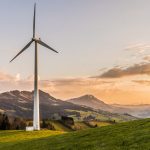
Huge Demand Worldwide For Mills Designed
Currently, however, there is a huge demand worldwide for mills designed with state-of-the-art technology. The term “wind energy” or “wind energy” de, scribes the process by which a wind turbine converts the kinetic energy of the wind into electrical energy by using a generator.
What this introductory guide seeks is to describe the device in simple terms. And also demonstrate how they work, what they were initially intended for, and what their applications are today.
Let’s Start With A Brief Definition Of What A Windmill Is:
Initially, it was a structure with candles. Very similar to that of the ships before the Industrial Revolution. It was used to produce flour from corn grains. To achieve this, the wind would have to push the sails so they would spin. They used to be built entirely by master craftsmen.
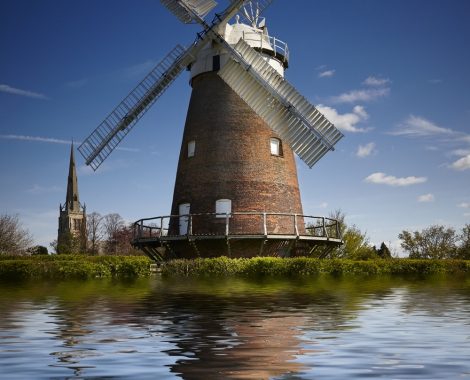

Definition Of A Dictionary Explains
The definition of a dictionary explains it in the following way. It is a machine with a horizontal axis that extends in sails, and the wind propels that. Windmills are still used, mainly in parts of the world that have always used them. Water powers some mills
Modern Structures
The original pumps were some of the most modern structures of their time
The dictionary takes the definition even further, relating it to a type of human physical exercise that replicates the symbolism and movement of the original windmills.
Windmill Is A Mill That Converts
They are also famous for the central place they play in the classic of Cervantes “Don Quixote de la Mancha.” This definition reminds us that the original windmills were also used to pump water and generate energy.
In modern terms, advanced windmills operate with only three blades, and are mainly used to generate sustainable sources of electricity and energy. Nowadays, mills are also known as “wind turbines.”
According to Wikipedia: A Windmill is a Mill that converts wind energy into rotational energy from paddles called sails or blades.
The controlled speed mills rotate at the same speed, regardless of the speed of the wind. They use a gearbox capable of converting the slow pace of the rotating blades into rapid rotary motion. In this way, electricity is generated at the correct frequency for the network to which they are connected. Variable speed mills, on the other hand, to modify the speed of rotation based on the force of the wind.


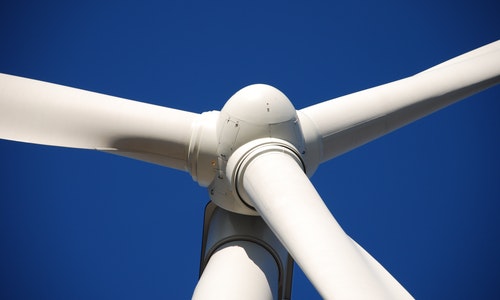

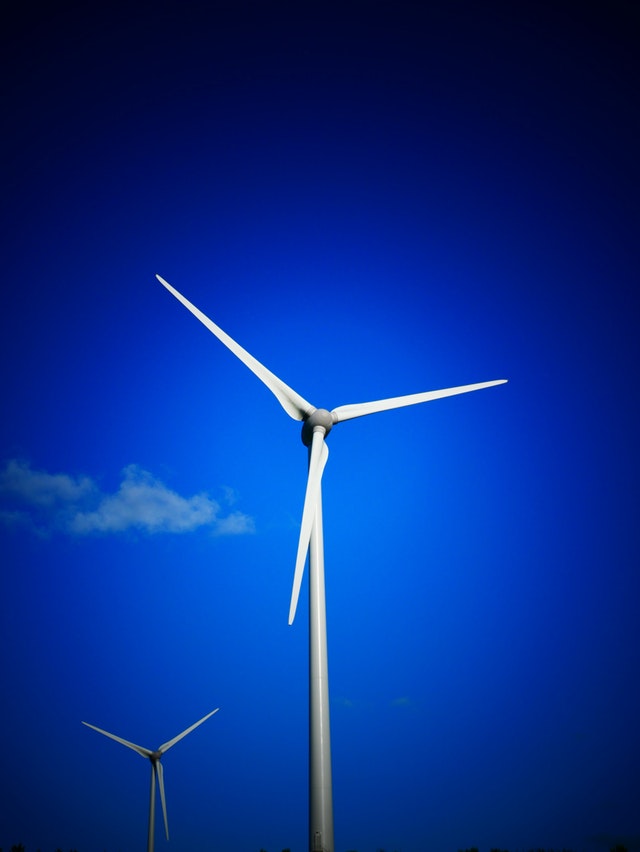 The iconic Dutch windmill
The iconic Dutch windmill